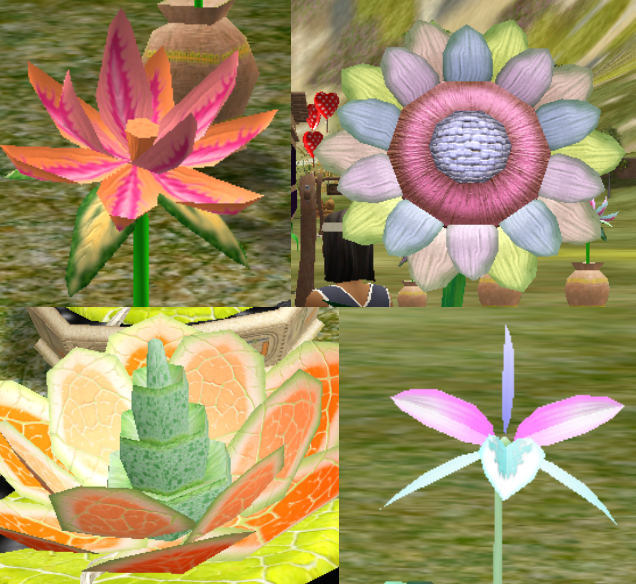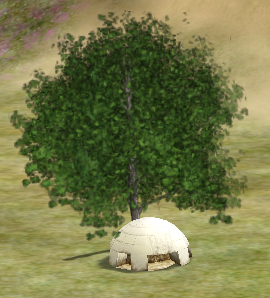

If you are without any matches, gather dry leaves, small branches, tinder, anything that is easily flammable. This not only keeps you warm but can help you boil water, cook food and scare off snakes and other predators while you sleep.

If it is possible, consider elevating your sleeping area to minimise the risk of insect or snake bites.Īfter you’ve dealt with water and shelter, it’s time for another essential: fire. Grass and leaves can be used for your bedding. Bolster this ‘roof’ by covering these sticks with smaller branches, leaves and foliage. Place smaller branches at a 45-degree angle as the basis for your roof. To make this, place a sturdy and long branch in between two trees or other natural structures that can support your shelter – but avoid coconut trees as you don’t want coconuts to fall onto you. A lean-to shelter is simple and practical. It gives you respite from harsh elements such as extreme sun or rainstorms. The next essential task is building a shelter.
#A tale in the desert skills how to
Check out this video on how to make a solar still from MythBusters below. If you were on an island mostly devoid of plant life, get busy and start making a solar still that can turn salt water into distilled water. Collecting rainwater is also a smart move. If you can’t see anything above the surface, try digging around the area. Start tracking inland to find a river or a lake, and plants are often a good signifier of a fresh water source being nearby. Find fresh waterĭehydration can kill in as little as three days. Most importantly, look for something that can help you start a fire. For examples, blankets and plastic sheets can be used to construct a shelter, bottles or containers for carrying food and water. If there is wreckage, salvage as many items as you can as there are potential uses later. If a person has suffered a broken limb, find a hard object (like a solid piece of wood) as a split to stabilise the bone and use clothes or a belt to stop it from moving at all. For cuts, control bleeding by using clothes or rags to make pressure bandages. Look for other survivors and help as much as you can if they are injured. Keeping it together will increase your chance of survival. But amid fear and helplessness, it is important to remain calm and controlled. You would most likely be in a state of shock and panic. Surviving on a desert island takes wit and wisdom The immediate aftermath Own your emotions In this article, we aim to share a few useful tips on what you can do to keep yourself fed and safe before help arrives. If you find yourself on a desert island after surviving a boat or plane crash, chances are, you would actively fight for your survival as your instinct for staying alive kicks in. And in 2016, the US coast guard spotted castaways stranded on an island several hundred miles north of Papua New Guinea after their ship capsized. In fact, the character of the colonialist Crusoe was loosely based on the life of an 18th-century Scottish privateer, Alexander Selkirk, who was stranded on an uninhabited island in the South Pacific Ocean for nearly five years. The idea of having to survive on a desert island after a boat or plane crash seems like something consigned to the pages of Daniel Defoe’s Robinson Crusoe or the scenes in Cast Away featuring Tom Hanks desperately breaking coconuts for water after the cargo plane he was on crashed in the South Pacific.ĭespite how unlikely it may seem, people do get stranded on desert islands from time to time. Far from just Hollywood fantasy, people have been stranded on desert islands with some living to tell the tale


 0 kommentar(er)
0 kommentar(er)
